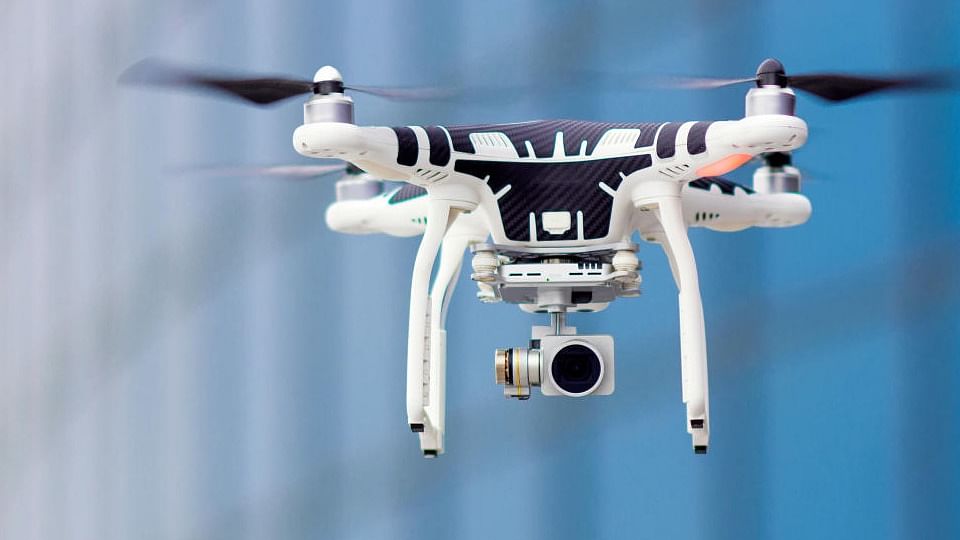
The production-linked incentives (PLIs) introduced in Budget 2022, gave a huge boost to the drone industry. A FICCI (Federation of Indian Chambers of Commerce and Industry) report last year has projected it will be an Rs 81,600 crore industry by 2025.
The liberalised Drone Rules of 2021 followed by the National Unmanned Aircraft System Traffic Management (UTM) policy framework for managing drone traffic in airspace below 1000 feet also contributed to accelerating the commercial and industrial use of drones.
The industry grew from Rs 80 crore in 2020-21 to Rs 300 crore in 2021-22, which was in itself a 250 per cent growth. It is expected to close the current fiscal with another 300 per cent. Given the response of the industry to these sops, it is looking for more from the government to help it spiral on, especially given its aspiration for attaining 60 per cent indigenisation, by when the government hopes to turn the country into a global drone production hub.
In Budget 2022, the government made a Rs 120 crore provision for PLIs to the drone industry. Pointing to major growth in the industry since, Smit Shah, President, Drone Federation of India, observed that the budget falls short of the need of the industry and urged that it be increased to Rs 500 crore.
Most industry insiders are hopeful that after the PLIs offered last year, this year would bring service-linked incentives to offer much-needed push to Software as a Service (SaaS) players in the drone niche. “For every indigenous drone manufacturer there are over 450 drone service providers,” pointed out Agnishwar Jayaprakash, Founder and CEO, Garuda Aerospace. With this India is nearing its goal of becoming the global hub for drone technology, he added.
Others sought support to induce state-level adoption of drones. While Gujarat and Himachal Pradesh have put in place policies to complement the central Drone Rules, more states need to join the mission, they urge. “Not many state departments use drone technology today,” noted Prem Marut, Founder, Marut Drones - a Hyderabad-based drone manufacturer.
Government backing is also needed to address skill shortages and infrastructural shortfalls in the industry. To this end, they are campaigning for incentives to enable employee skill development and drone pilot upskilling.
“There has to be a focus on skill development, whether it's pilots, technicians, who are going to be needed in large numbers over the next few years,” said Devroop Dhar, Co-Founder Primus Partners. Government can co-create with private sector infrastructure like docking stations, charging stations, etc for drones, he added.
“There is also a need for focussed spending of at least Rs 100 crores on indigenous drone component manufacturing, along with the creation of 50 state-of-art drone skilling institutes producing quality manpower,” Shah suggested. Investment in research and development is another area requiring government attention, said industry watchers.
“The government already provides 100 per cent tax rebate on profit and gains for 3 consecutive years within the first 10 years of incorporation of a start-up. I hope the timeline is increased along with an increment in the rebate period as well,” said Rafiq Somani, Area Vice President, APAC, Ansys Inc, a Pennsylvania-based multinational offering engineering simulation software for product design, testing, and operation. GST should be reduced to 5 per cent, and made 0 per cent for sectors like agriculture and healthcare that have a high social downstream impact, Shah added.
What India needs now is a collaborative effort between technology providers, entrepreneurs, and the government to enable and empower drone technology, Sudeep George, VP of Engineering, iMerit, AI and data solutions company concluded.